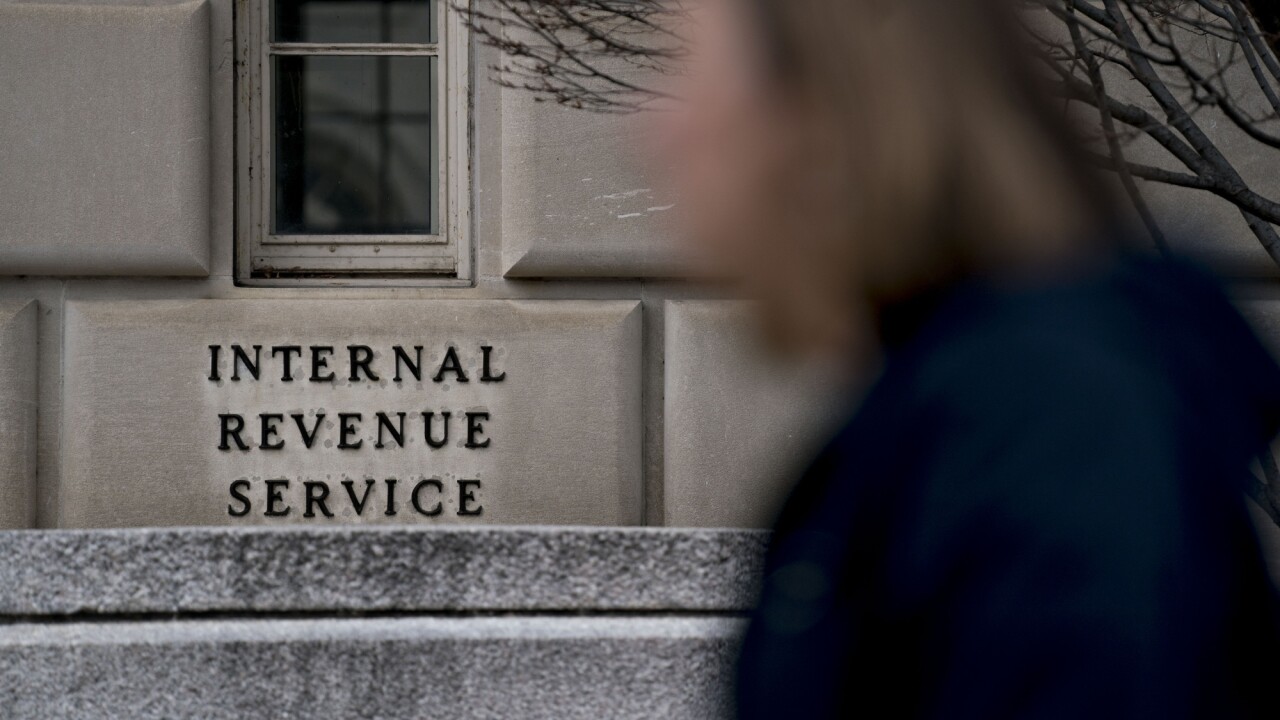The Internal Revenue Service’s art appraisal experts are not subject to either a comprehensive quality review program or continuing education requirements specifically devoted to appraising art, according to a new government report.
The lack of comprehensive quality reviews and mission-specific continuing education requirements could make the IRS’s art appraisers less effective than they otherwise would be, said the report, released Thursday by the Government Accountability Office.
The
The GAO noted that the tax liabilities of individuals who make noncash charitable donations, or
who receive inheritances or gifts of property, can depend significantly on the valuation of the property. Valuable property such as art, cars, businesses, real estate, and easements must be independently appraised by law to determine exactly how much the taxpayer should report on a tax return. An appraisal is an opinion about the value of a particular asset at a particular time and is prepared following professionally accepted procedures.
“If appraisals overvalue the property in the case of charitable donations, or undervalue the property in the case of bequests or gifts, taxpayers may—intentionally or mistakenly—pay less tax than they should,” said the report. While the IRS has not determined the extent to which appraisals contribute to misreporting, data from an IRS study on taxpayer noncompliance showed a 45 percent error rate on noncash charitable deductions, totaling $4.6 billion in lost revenue. For approximately every five errors favorable to the taxpayer, one was unfavorable to the taxpayer.
In 2005 the IRS and the Joint Committee on Taxation identified overvalued donations of conservation easements as a particularly problematic issue, and the problem persists to this day. Last year, the Justice Department sought, and the District Court for the District of Columbia issued, an injunction against a company that the IRS identified as improperly encouraging taxpayers to seek appraisers who would misvalue conservation easement contributions on building façades for noncash charitable deductions.
Congress addressed appraisal-related noncompliance in the Pension Protection Act of 2006 and the Tax Technical Corrections Act of 2007. The PPA lowered the thresholds on when the IRS should consider appraisals misstated, established a civil penalty for preparing a misstated appraisal, and set a statutory definition on qualifications for appraisers with respect to charitable deductions. The TTCA extended the civil penalties for misstated appraisals to estate and gift tax valuations.
The GAO report found that the IRS’s procedures for selecting returns to audit do not specifically target noncash contributions or gift or estate tax returns supported by appraisals. Nevertheless, returns with appraisals do get included in the population of audited returns because certain types of returns on which the IRS does focus, such as higher-income ones, are also the most likely ones to have noncash charitable contributions that require appraisals.
The current appraisal threshold for certain contributions over $5,000 has existed since 1984. The absence of an inflation adjustment over the past 25 years means that many contributors who pay for appraisals would not have needed to do so when the current threshold was first introduced. The IRS seldom takes issue with appraisals for noncash contributions. “Consequently, there seems to be little risk in Congress raising the $5,000 dollar threshold,” said the GAO.
Appraisers’ most prominent role relative to the three types of tax returns that the GAO studied is in the valuation of estates. In the most recent years for which the GAO had data, appraisers were likely involved in the valuation of property worth between $75 billion and $167 billion reported on estate tax returns in 2009. In contrast, less than $17 billion worth of gifts in 2009 and less than $10 billion in noncash contributions in 2008 likely involved an appraiser.
Gift tax returns that likely used appraisers had higher audit rates than gift returns that were unlikely to have appraisers. The use of appraisers was not associated with higher audit rates for estate tax returns and individual returns with noncash contributions.
The GAO recommended in the report that the IRS develop a comprehensive quality review program for Art Appraisal Services and establish appraisal training requirements specifically for AAS staff. Congress also should consider raising the dollar threshold at which qualified appraisals are required for noncash contributions to reflect inflation. The IRS agreed with the GAO’s recommendations.
“We appreciate that your report recognizes that Appeals provides a significant amount of continuing education per year for its employees, including the Art Appraisal Service (AAS) staff,” wrote IRS deputy commissioner for services and enforcement Steven T. Miller. “The IRS agrees that a more comprehensive quality review process is appropriate for the AAS staff. We also agree that more specific and documented appraisal training should be provided.”





